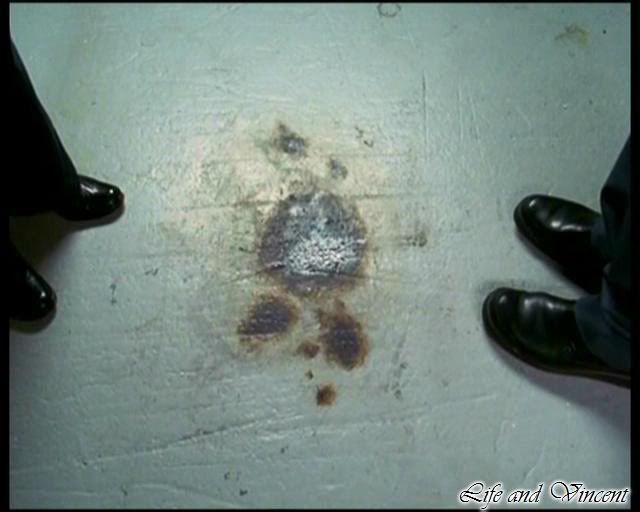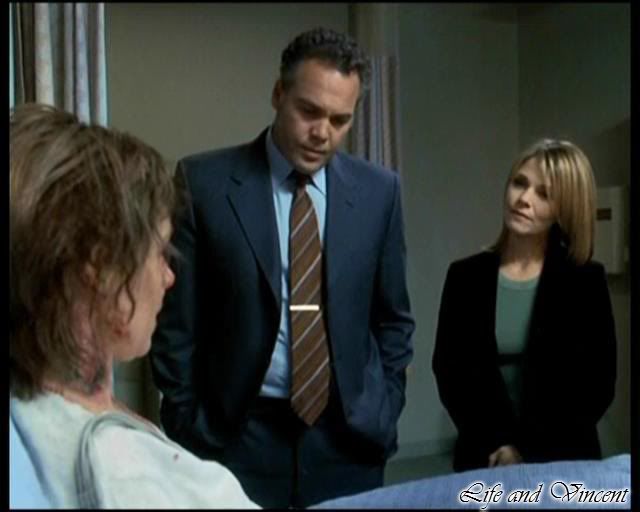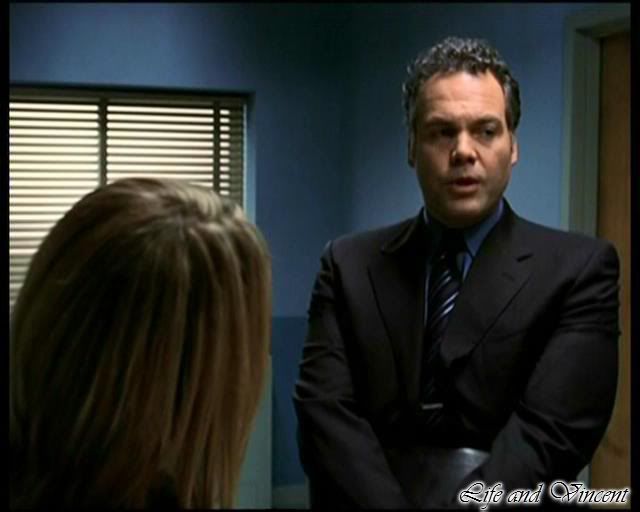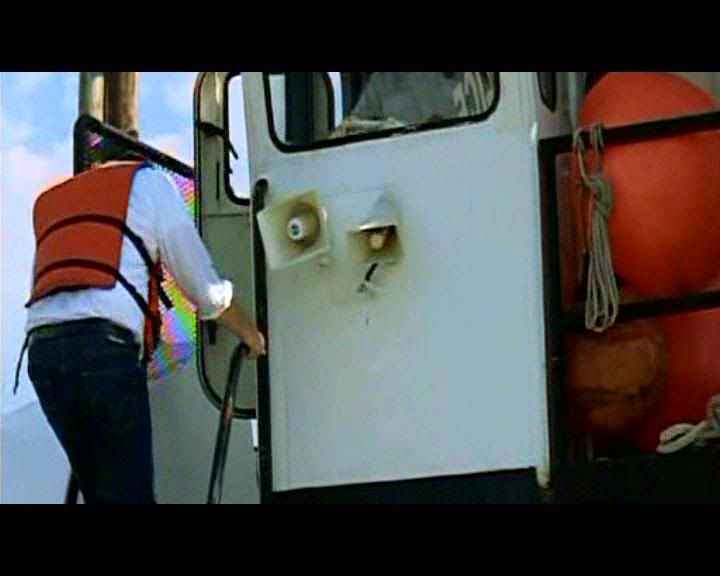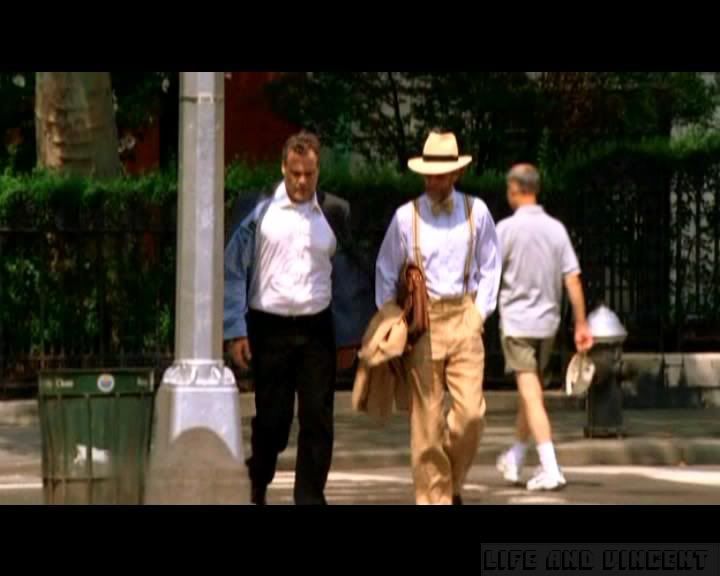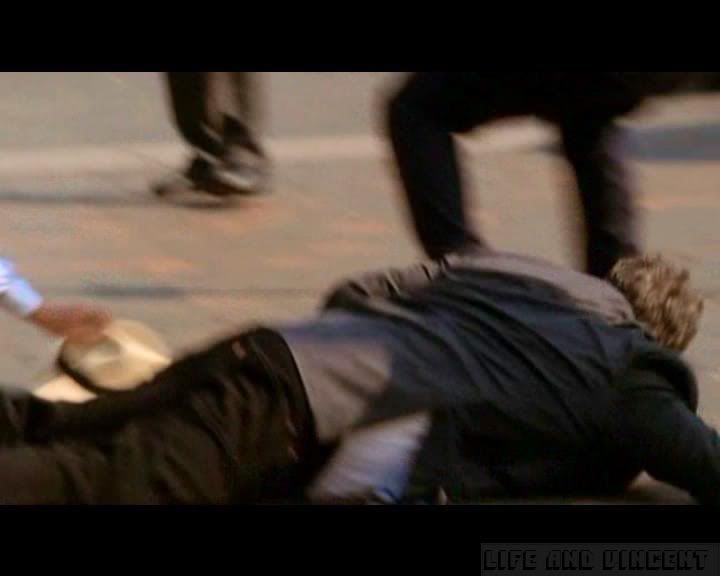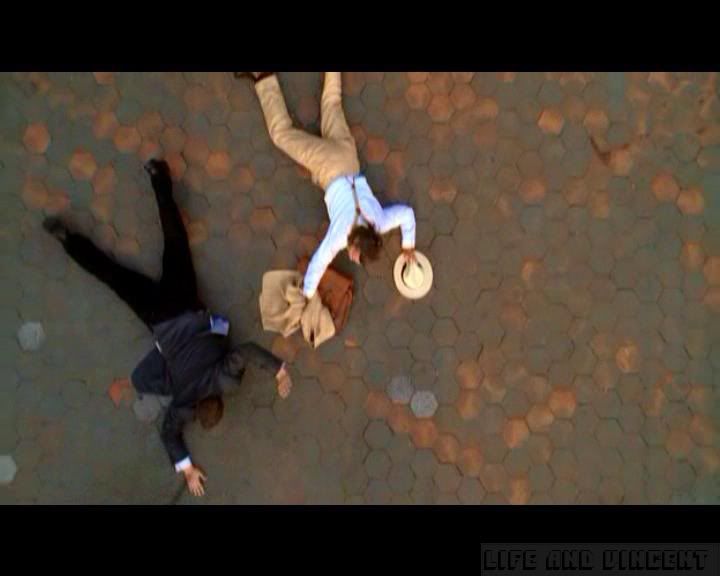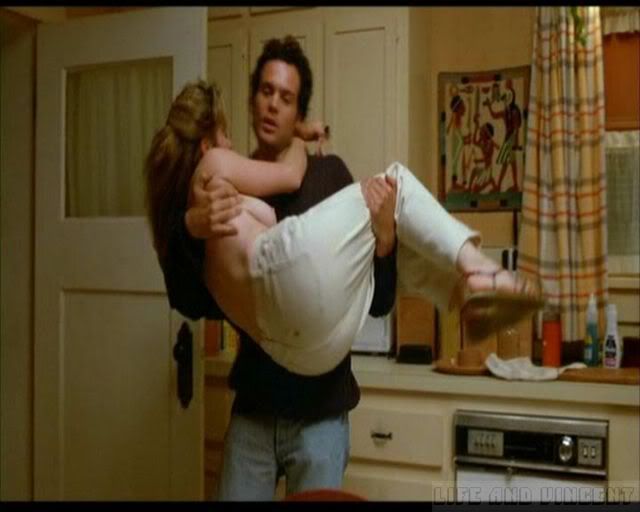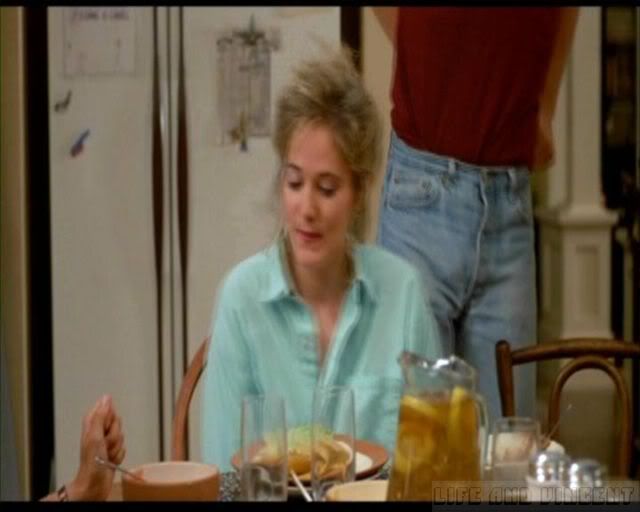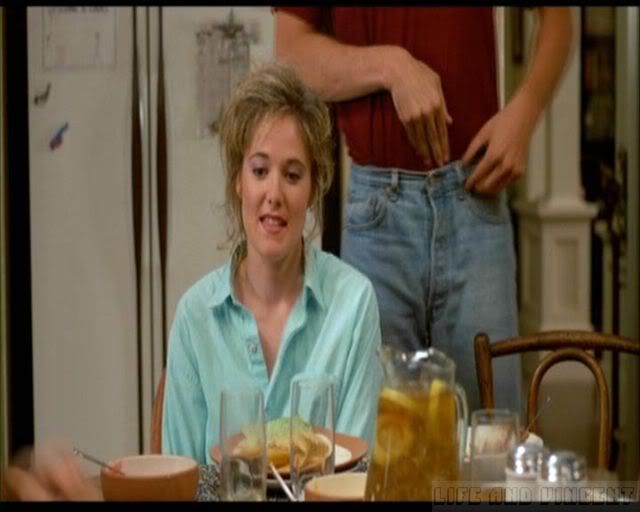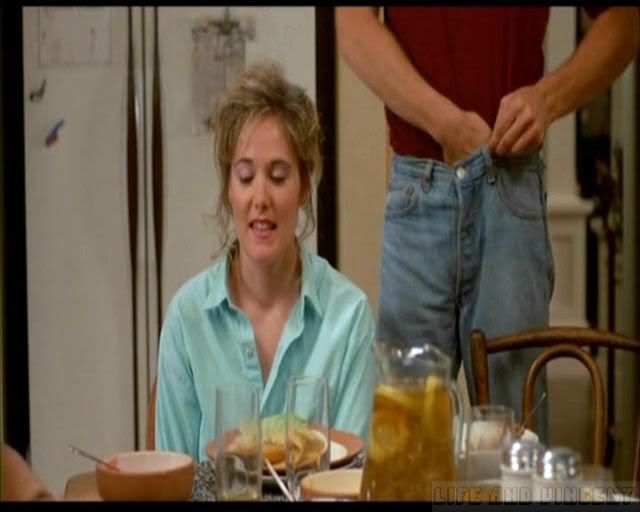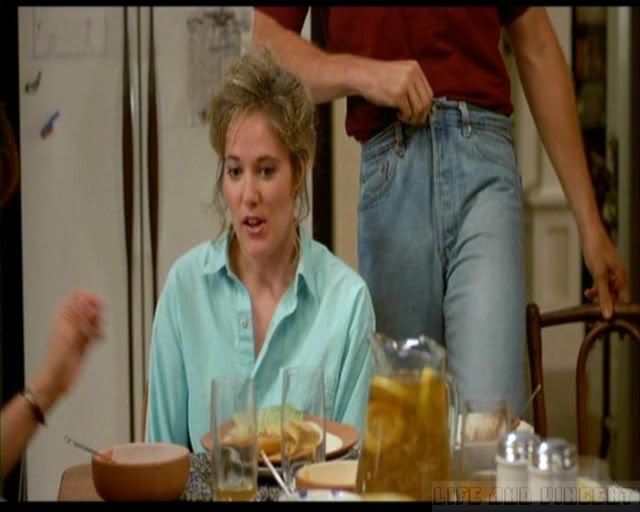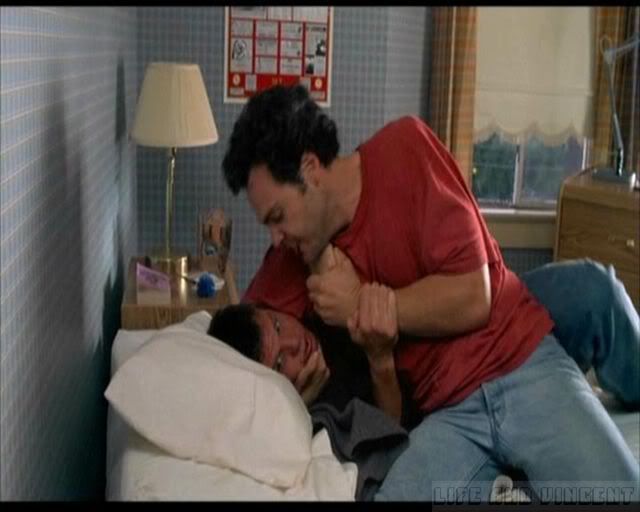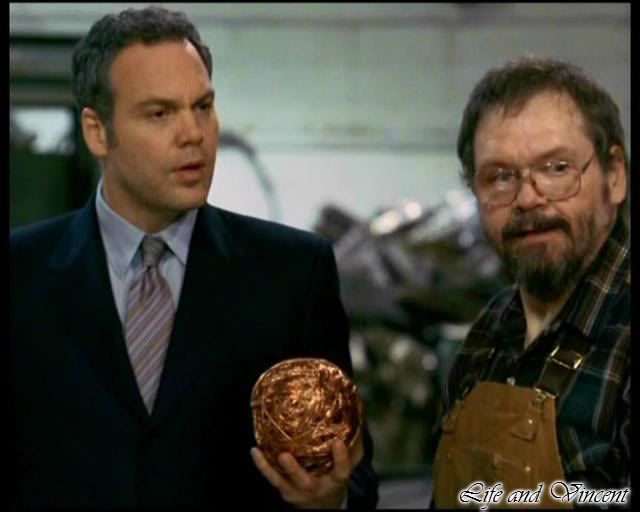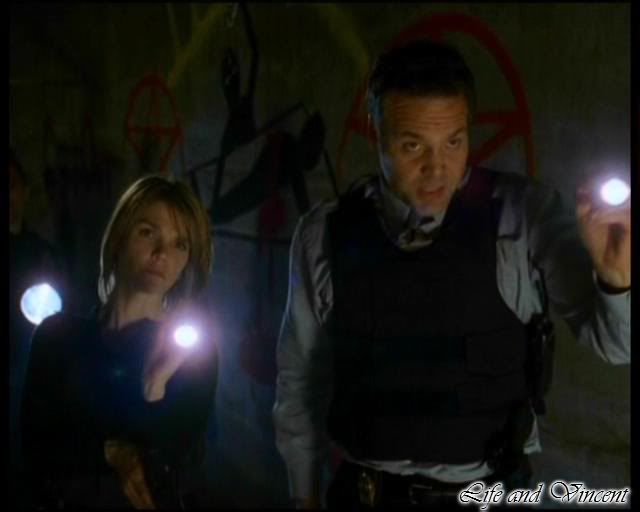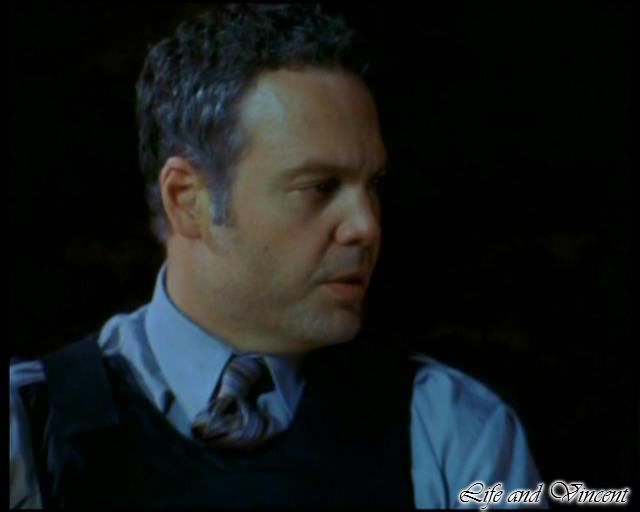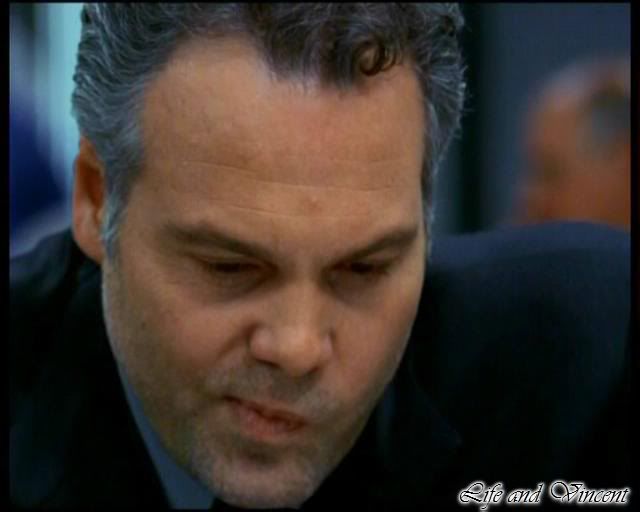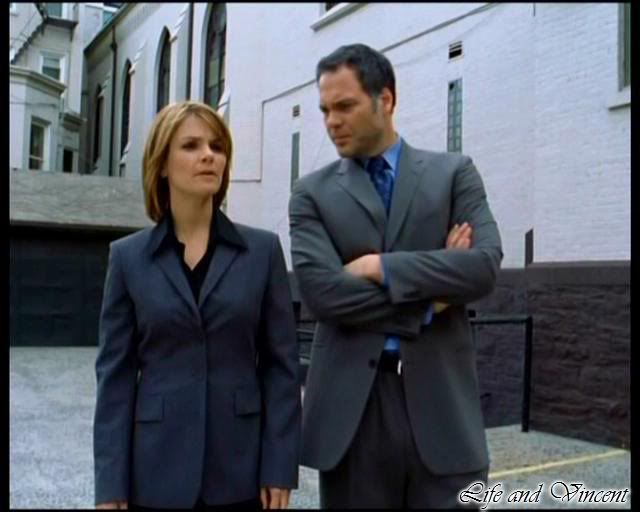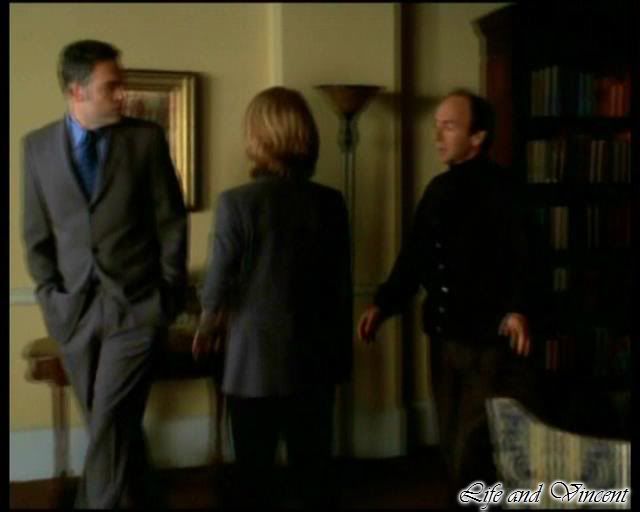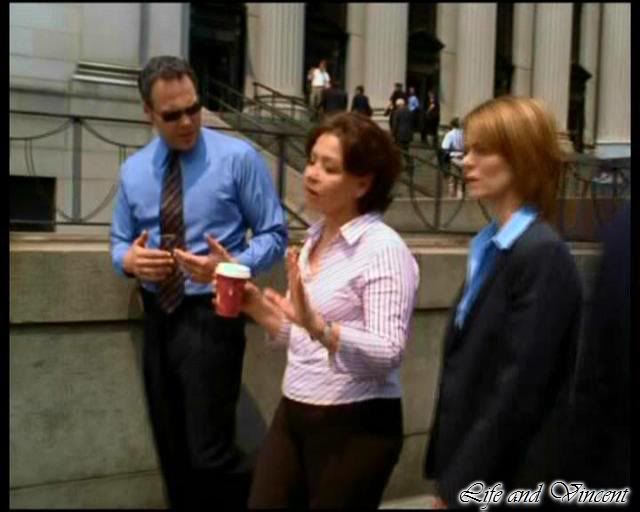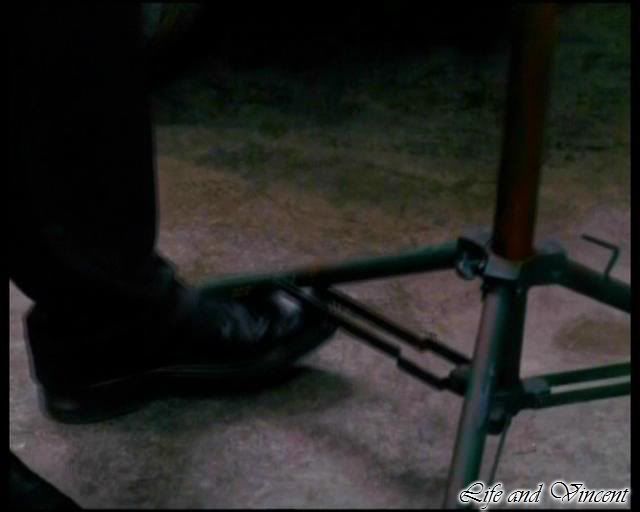Today I went to Ightham Mote, a medieval manor house in Kent, for a lecture tour to see how the house is put to bed for the winter. It was a fascinating experience.
The house has been added to and adapted over time, but the earliest date for its construction comes from timbers that dendrochronologists have dated to 1320. Even then, during restoration work, a number of 13th century timbers were found which no-one can explain.
When The National Trust took the house over in the 1980s at the gift of the Robinsons, an American family, parts of it were in such a dilapidated state that they were in danger of collapsing into the moat.
The house before the restoration began.

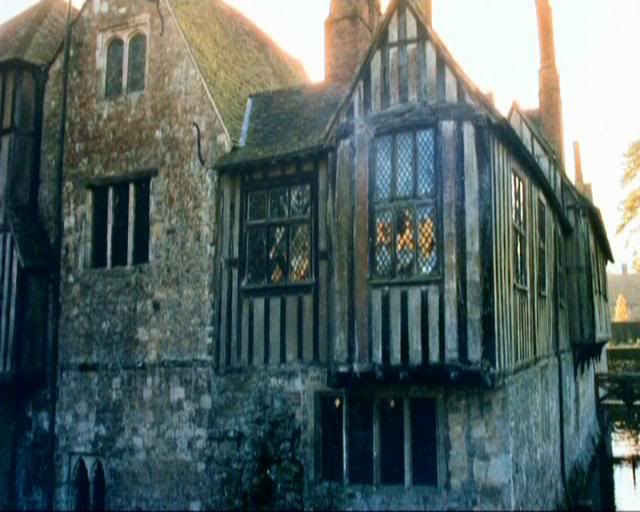
(Mote and moat are two different words, by the way, the former being a meeting place.)
In 1989 The National Trust started a £10 million restoration project which was only completed in 2003. Section by section they dismantled the house and painstakingly restored what they could, and replaced in as authentic a manner as possible parts of the fabric that could not be repaired. The intention was to put it back to the style in which it had been handed to them, so early features that had been covered up were restored then covered up again, perfect even though no-one could see them.
Aerial view of the house in the last phase of the restoration.
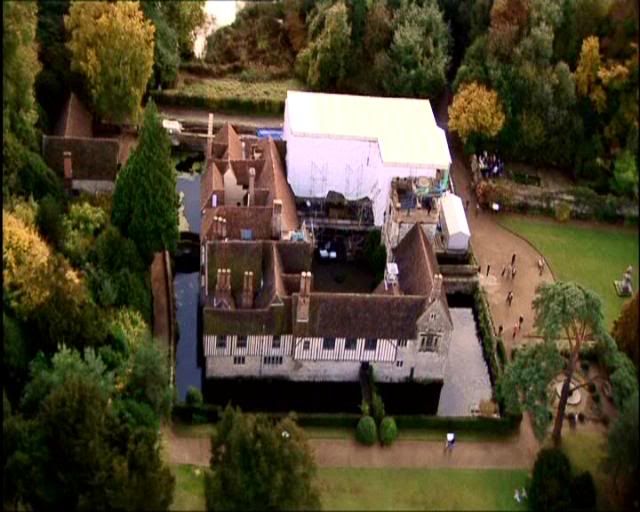
The following are various views taken from outside the central courtyard.
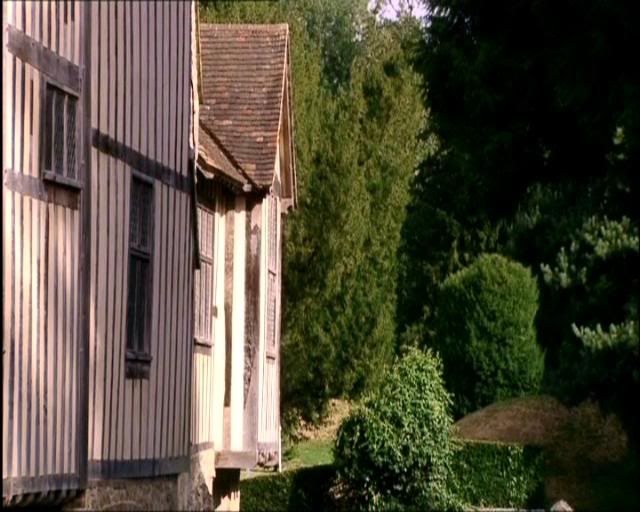
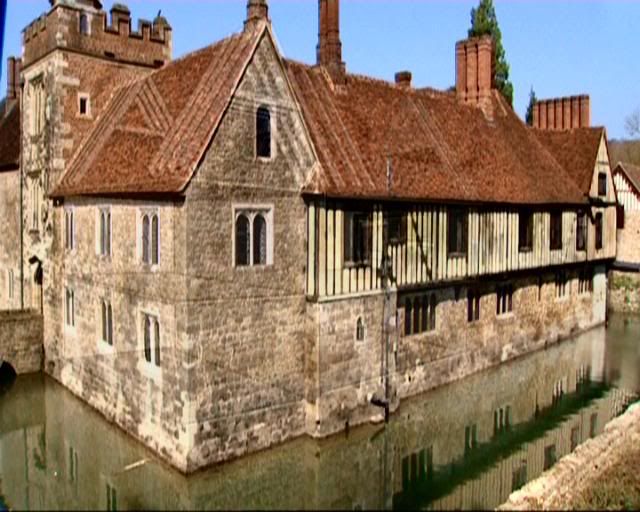
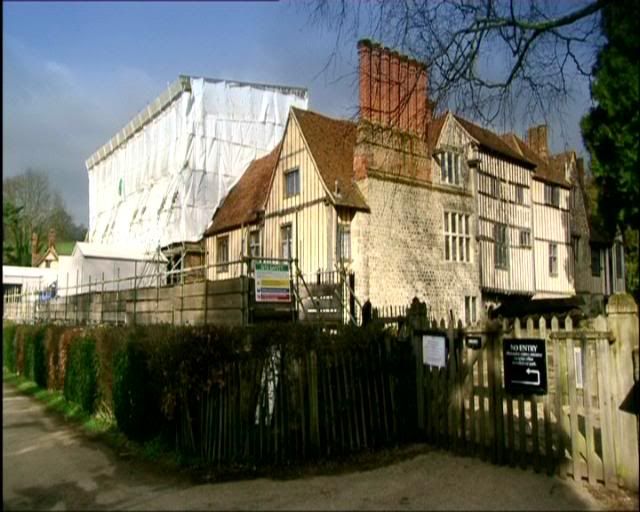
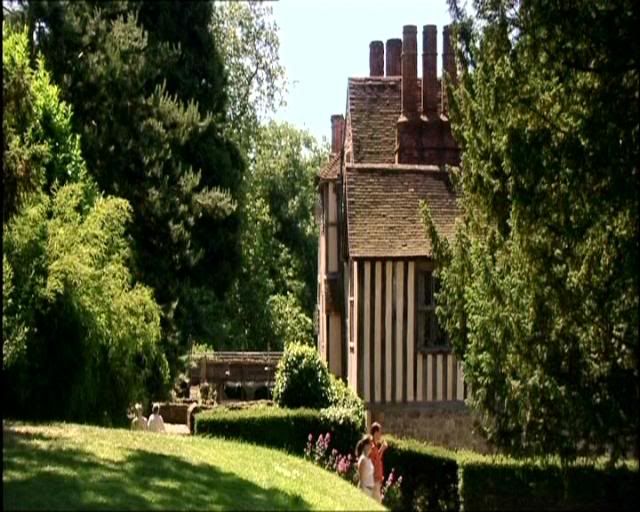
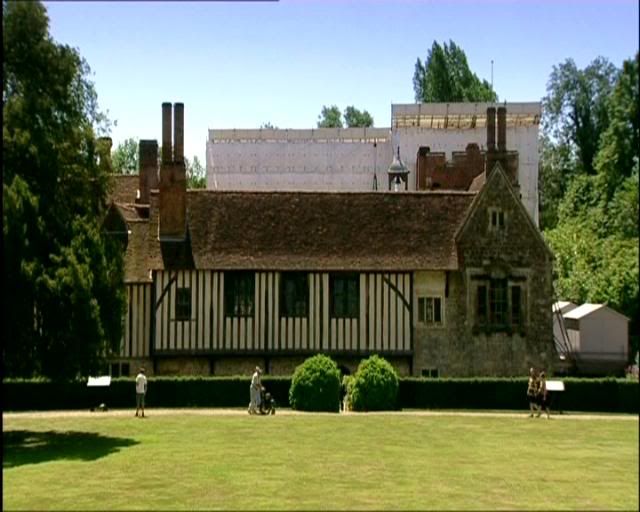
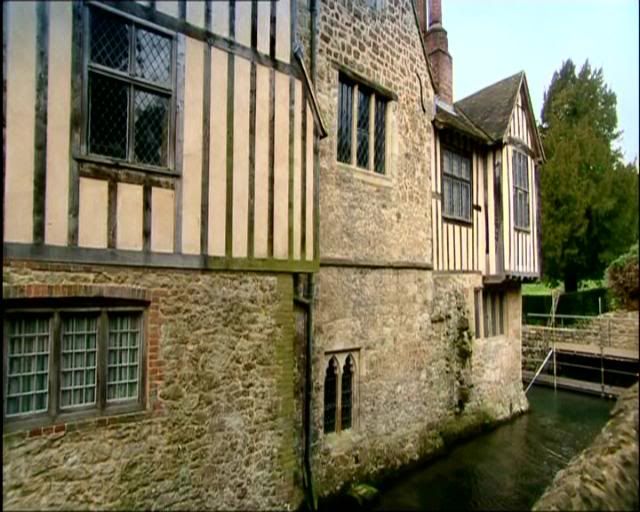

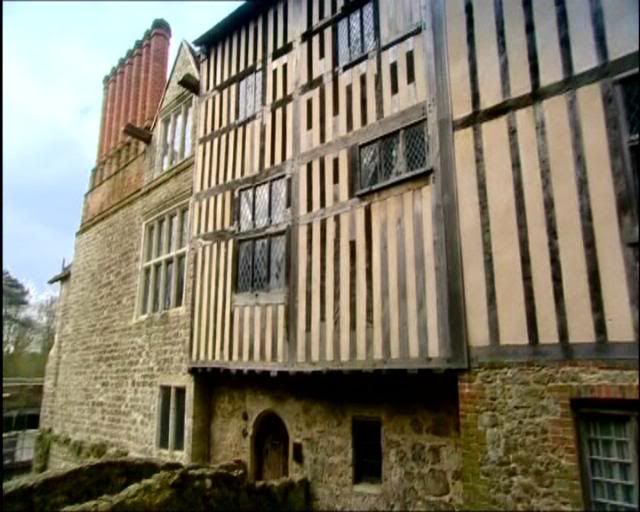
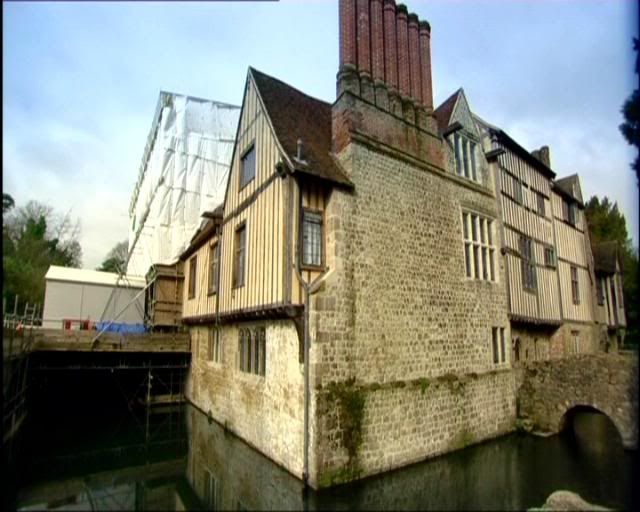
The Great Hall is part of the original 14th century building.
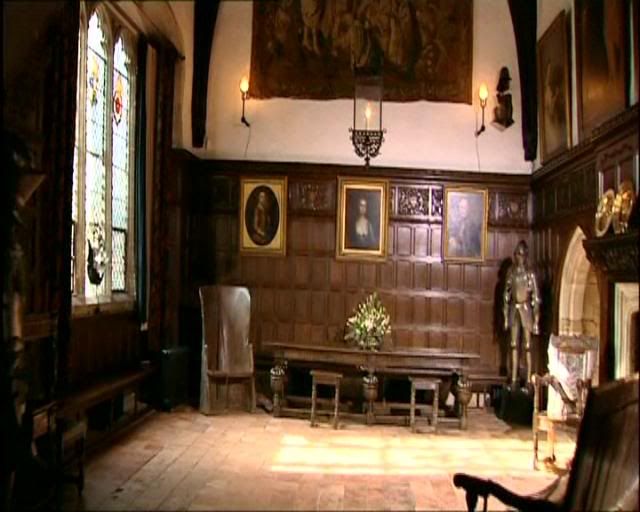
Today's tour took us away from the usual tour of the house. The guide showed us how the contents are cleaned and covered at the end of the season, and how the plans for evacuating the contents in the event of fire or flood are put into force. She told us about the deep cleaning of the building, and showed us the gadgets and gizmos they have bought or invented themselves to reach those difficult high-up corners, or remove dust from delicate items. She spoke of the latest thinking about putting pictures to bed - they used to be wrapped, but apparently that causes potentially damaging micro-climates, so they are just left on the walls when the rooms are darkened for the close season. They even have little pieces of carded material which will react with light to show when items in a room have been exposed to too much light. The humidity detectors in the rooms signal a central system so that the heating will come on if a room becomes too humid.
We went into attics, where things that cannot be displayed, or are in need of restoration, are stored, and up and down a couple of precarious staircases. There is no sense that a few years ago the whole thing was in pieces and has been put back together like a giant 3-D jigsaw. Timbers and floorboards have a real feeling of age, thrown into sharp relief by the modern but sympathetically produced replacement pieces.
The other people on the tour were a friendly bunch. I was talking to two 60-something middle class women about Barack Obama. They were as pleased as we all were about his election.
We had a great lunch, and then I managed to buy the DVD of the Time Team Special about the final stages of the restoration. All the pictures in this article are taken from the programme.



